
Khue Van Attic is always crowded with visitors every day.
For international tourists , stepping into a relic like the Temple of Literature – Quoc Tu Giam is not only a stroll through time, but also a journey to discover a culture. However, to make the heritage not only be "seen", but also "understood" and "felt" is not an easy task. How can a Canadian child understand the meaning of Khue Van Cac? How can a French tourist feel the spirit of the mandarinate through a stone stele?
Talking to us, Mr. Nguyen Van Tu - Deputy Director of the Center for Cultural and Scientific Activities of the Temple of Literature said: "The biggest challenge is to turn the concepts of Confucianism, examinations, 'father-to-son succession'... into short, easy-to-imagine stories for Western visitors - especially when their stay is often very short." From that challenge, the Management Board of the Temple of Literature - Quoc Tu Giam has persistently carried out a silent but lasting transformation: from "displaying" to "telling stories", from "introducing" to "accompanying", from "preserving" to "connecting".
“When I walked through the Dai Trung Gate, I felt like I was lost in another space – where time stood still,” said Max Kalinga, a British tourist. The symmetrical rhythm of the five main areas makes every step a slice of history. It is no surprise that Khue Van Cac has become the most popular “background”. “We estimate that about 85% of foreign visitors stop to take photos here – that is how they start a dialogue with the heritage,” said Mr. Tu.
If culture is identity, then art is the wordless language that helps cultures dialogue.
The 82 Doctoral Steles - a world documentary heritage - are now being "narrated" using technology. Instead of just reading dry information, visitors can scan QR codes to listen to stories about the doctors in 3 languages.

All information is translated and digitized.
With this approach, the Temple of Literature – Quoc Tu Giam is not just a “see and go” destination, but is becoming an interactive space – where traditional culture continues to live, transform, and spread in new languages. In the era of globalization, this is also the way for heritage to exist sustainably: not to preserve in silence, but to preserve through dialogue.
Late one afternoon, Sophie (9 years old, Canada) was engrossed in coloring the Khue Van Cac in the creative corner for children. In her hand was a shortened version in English explaining the meaning of this symbol. “This is exactly what we aim for – a Temple of Literature without borders, where all generations find common ground with the heritage,” Mr. Tu affirmed.
In the sunset, the silhouettes of foreign tourists quietly watch the sunlight through the red-painted window frames. They are no longer strangers, but have become pieces in the cultural picture that continues to be painted in this thousand-year-old space. The cultural distance, which seems so far away, turns out to be shortened with just a touch, and with the endless desire of those who create heritage, so that stone and wood not only stand still, but also speak up to tell stories to the whole world.
Source: https://daidoanket.vn/van-mieu-quoc-tu-giam-di-san-ke-chuyen-van-hoa-ket-noi-10306737.html





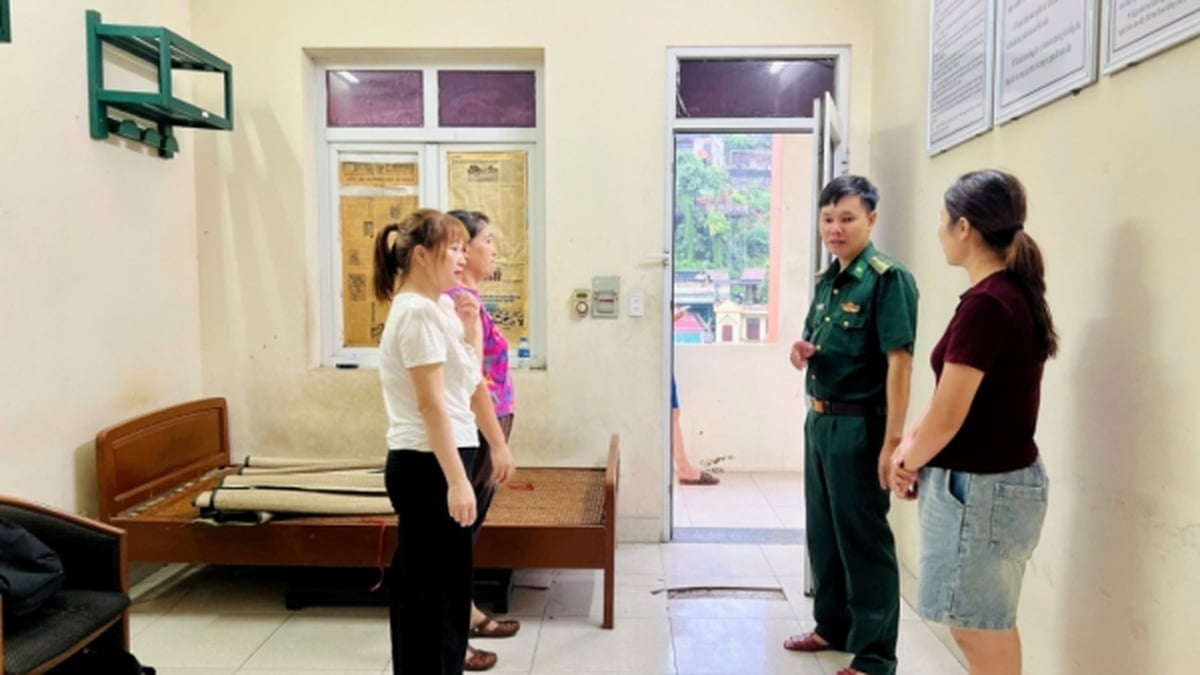


















![[Photo] National Assembly Chairman Tran Thanh Man visits Vietnamese Heroic Mother Ta Thi Tran](https://vphoto.vietnam.vn/thumb/1200x675/vietnam/resource/IMAGE/2025/7/20/765c0bd057dd44ad83ab89fe0255b783)







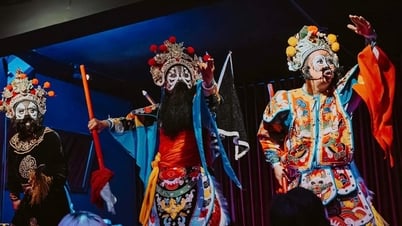




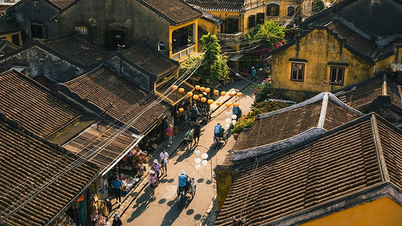













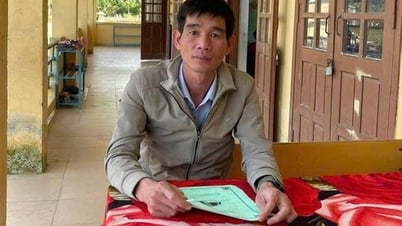









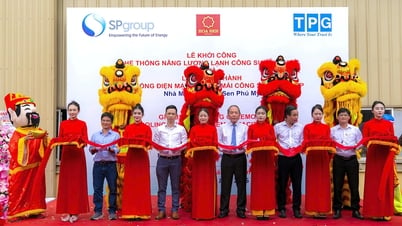


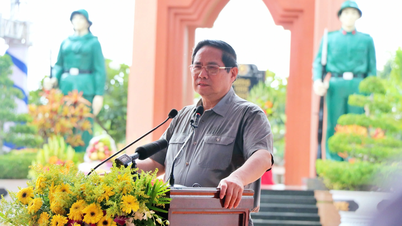
































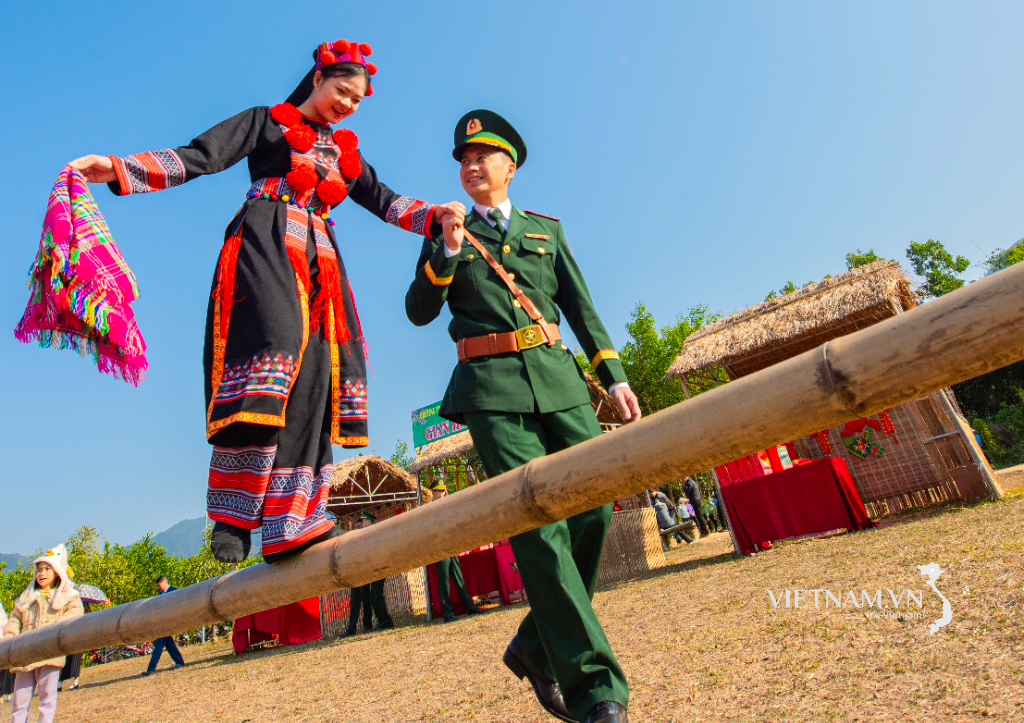
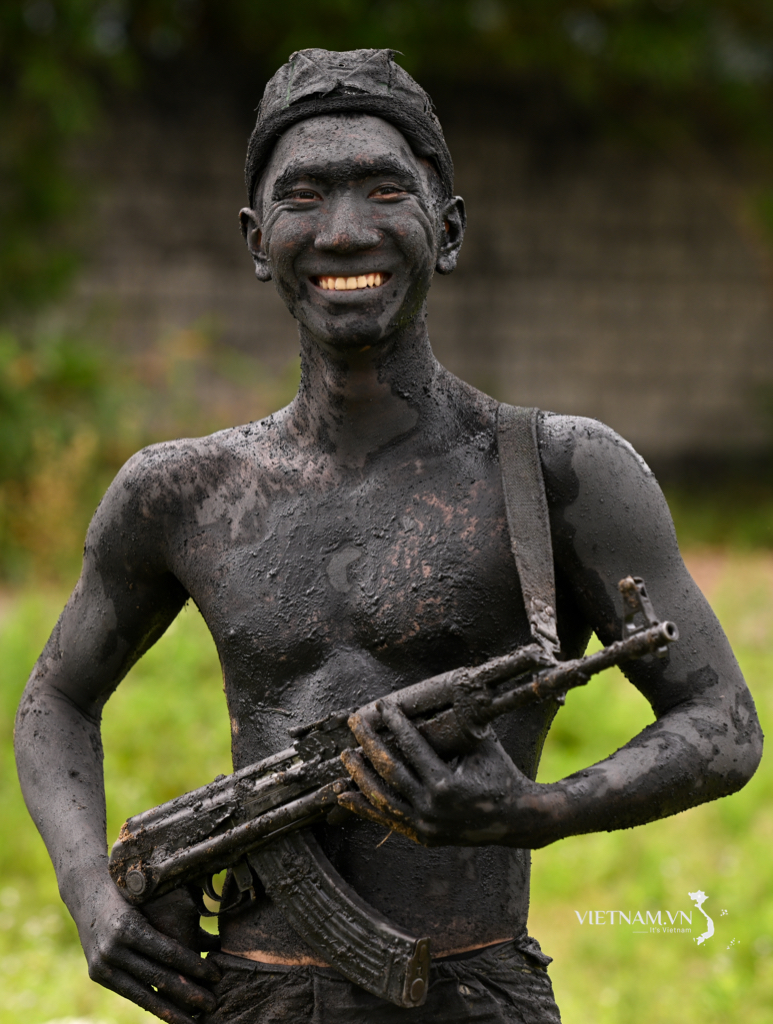
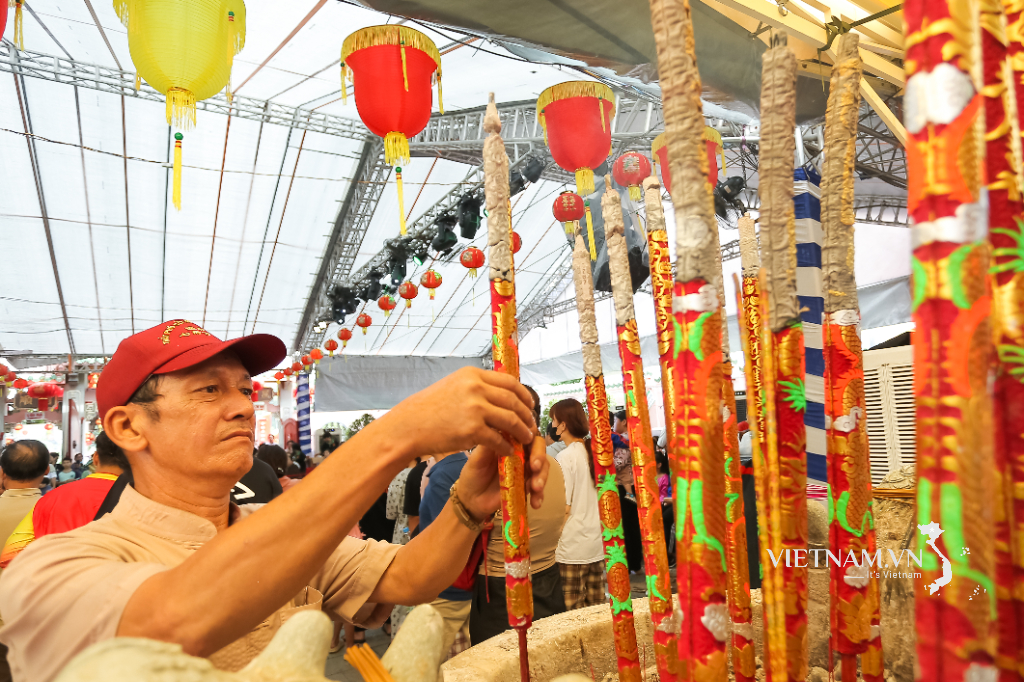

Comment (0)